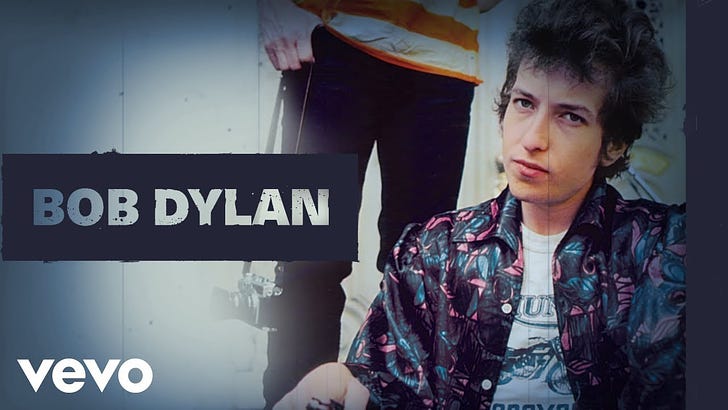It's Bob Dylan's 83rd birthday. I'm sure someone on social media is posting 83 favorite Bob Dylan songs in honor of the occasion. It's not hard for a devotee to do, if you're inclined towards lists (I'm not) and you can trust that No. 83 would not be too shabby an example of his work.
Dylan's 83rd best would still be a sterling sample of songwriting and performance from the undisputed master, a song about which many very good songwriters would say: Wow, if I wrote that, it would be my best by miles!
But to choose one Bob Dylan song and performance? It's too reductive, so radioactive that it would melt cities. You'd have to be a fool to find that hill, much less make a stand on it. But as the Main Ingredient sang back in 1972: Everybody plays the fool, sometime. So I am going to tell you that my favorite Bob Dylan song among a thousand possibilities is "Just Like Tom Thumb's Blues."
Why not "Like A Rolling Stone"? After all, "Like a Rolling Stone" opens "Highway 61 Revisted," the 196…
Keep reading with a 7-day free trial
Subscribe to Critical Conditions by Wayne Robins to keep reading this post and get 7 days of free access to the full post archives.



